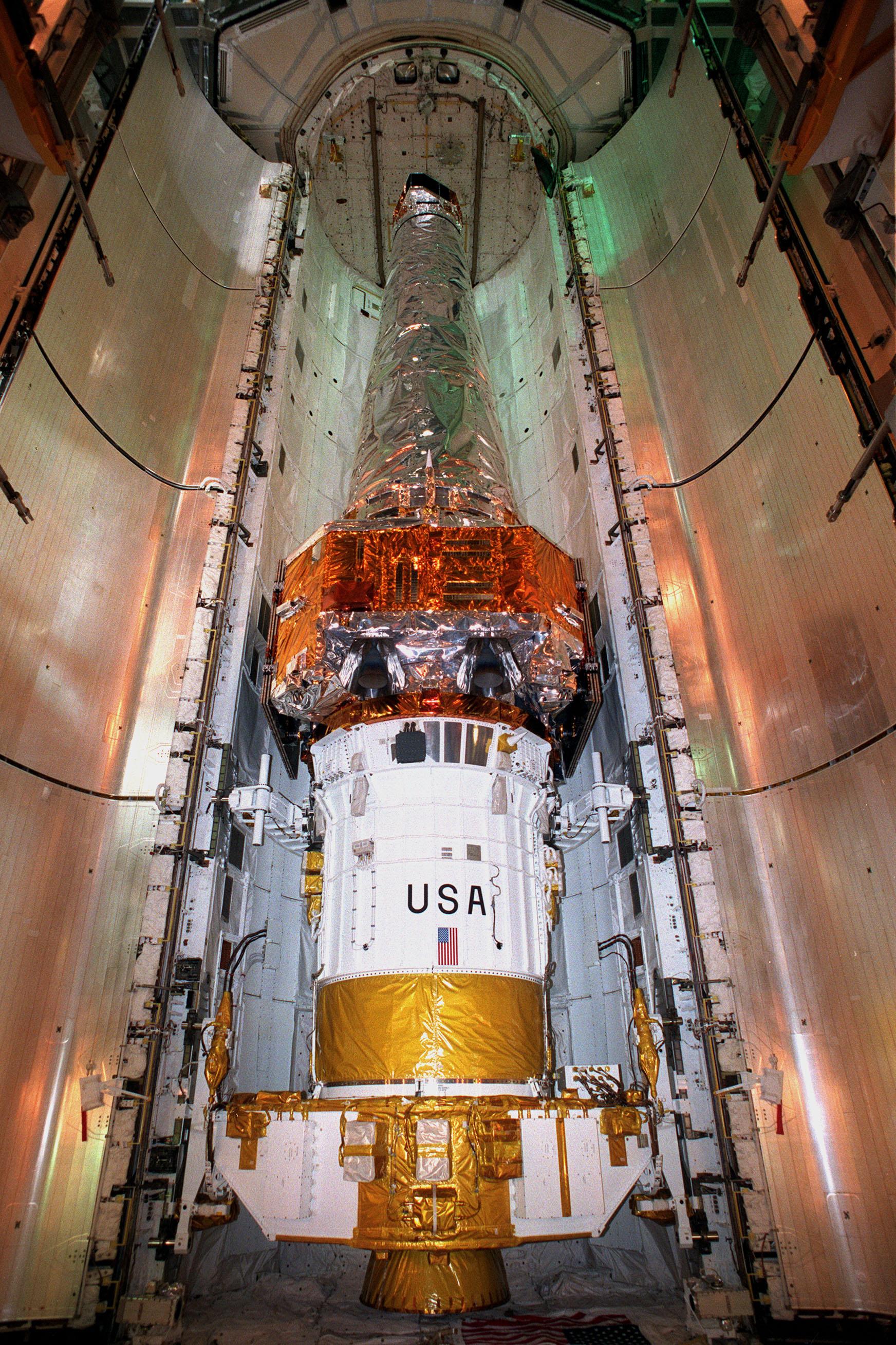This might be the first time you’ve probably heard of perovskite, but you’ve most likely already seen it somewhere before. It’s present in most solar cells, and is responsible for making them tick. (One of these perovskite solar cells made news just months before for being capable of landmark efficiency while using transparent electrodes.) A perovskite is a type of crystal with the general formula of ABX3, where A and B are cations (positive ions, or atoms with a net positive charge from losing one or more electrons) while X is an anion (negative ions, or atoms with a net negative charge from gaining one or more electrons) bound to the other two. Perovskite crystals, of which examples include calcium titanate (CaTiO3), the first perovskite crystal identified, and the methylammonnium lead halides present in solar cells, are special since they are capable of harnessing the energy from photons to generate electricity; this imparts the crystal with semiconductor properties, allowing its use for technologies such as solar cells.
While perovskites are ubiquitous in solar cells, a team of scientists harnessed and modified the perovskites’ famous photovoltaic function to instead detect neutrons instead, in a study published in the journal Scientific Reports. In normal photovoltaic processes, a photon comes in and interacts with the perovskite crystal, generating current that is then passed along the circuit. In this study, the perovskite instead sends an electrical signal whenever a neutron interacts with its crystal. This allows any device connected to it to react whenever a neutron is presently interacting with the perovskite.
According to the team, this makes it a perfect candidate for developing neutron detectors that can be used in nuclear reactors to search for leaks. Nuclear reactors generate free neutrons as part of the radioactive decay process; the presence of free neutrons, then, mean that a leak may be compromising the operation of the reactor, prompting further investigation and preventing possible catastrophic failure.
The particular perovskite single crystal developed in the study is known as methylammonium lead tribromide (CH3NH3PbBr3) single crystal, and the mechanism proceeds as follows: a free neutron interacts with the nucleus of the atoms present in the crystal, exciting it to a higher energy state. These free neutrons eventually relax and decay into gamma rays, whose photons then interact with the perovskite, generating the current and signaling detection.
Initially, the current generated by the free neutron decay was too small to be of any use. To address this setback, the team modified the crystal by adding a thin layer of gadolinium (Gd) metal around the crystal. Gd is capable of achieving higher energy states when absorbing free neutrons, amplifying the signal obtained during free neutron detection by sending the gamma ray photons it releases into the perovskite single crystal.
The team further refined the design of their mechanism, and ended up with a gadolinium (III) oxide (Gd2O3) pellet encased in a surrounding methylammonium lead tribromide single crystal, which was formed by growing the perovskite crystal around the Gd oxide pellet. This design yielded the highest currents sent to the detection circuit, consisting of a carbon electrode and a voltmeter.
Said study co-author László Forró, the technology is “simple [and] cheap, and it’s cost-effective.” “This is a proof of principle, that it works. And now we can think about configuration for a very efficient detector.” Forró and the research team believes the next step is to refine the technology, targeting commercialization for future applications.
Bibliography
- Clean Energy Institute. (n.d.). PEROVSKITE SOLAR CELL. Clean Energy Institute, University of Washington. Retrieved September 17, 2021, from https://www.cei.washington.edu/education/science-of-solar/perovskite-solar-cell/
- Ecole Polytechnique Federale de Lausanne. (2021, September 2). Photovoltaic perovskites can detect neutrons. Phys.org. Retrieved September 17, 2021, from https://phys.org/news/2021-09-photovoltaic-perovskites-neutrons.html
- Irving, M. (2021, September 2). Perovskite crystals given new job as nuclear radiation detectors. New Atlas. Retrieved September 17, 2021, from https://newatlas.com/materials/perovskite-neutron-nuclear-detectors/
- Andričević, P., Náfrádi, G., Kollár, M., Náfrádi, B., Lilley, S., Kinane, C., Frajtag, P., Sienkiewicz, A., Pautz, A., Horváth, E., & Forró, L. (2021). Hybrid halide perovskite neutron detectors. Scientific Reports, 11(1), 17159. https://doi.org/10.1038/s41598-021-95586-3











